Success in the Art Business | How to Make Your Cake and Eat It Too!

Here’s the good news: Artists can have economically sustainable careers. You can be successful in the art business! Here’s the challenging news: Artists still see themselves as being outside of the usual economic system. Art collectors, organizations, and even art schools prey on this attitude; they expect artists to display their artwork for free and provide services as unpaid or low-paid interns and part-time staff.
So, what’s to be done, and what are some of the sources of income for artists? The short answer is to shift your attitude, stand up for your economic rights, educate yourself about business and finance issues, and develop strategies to sell your art and create that successful art business.
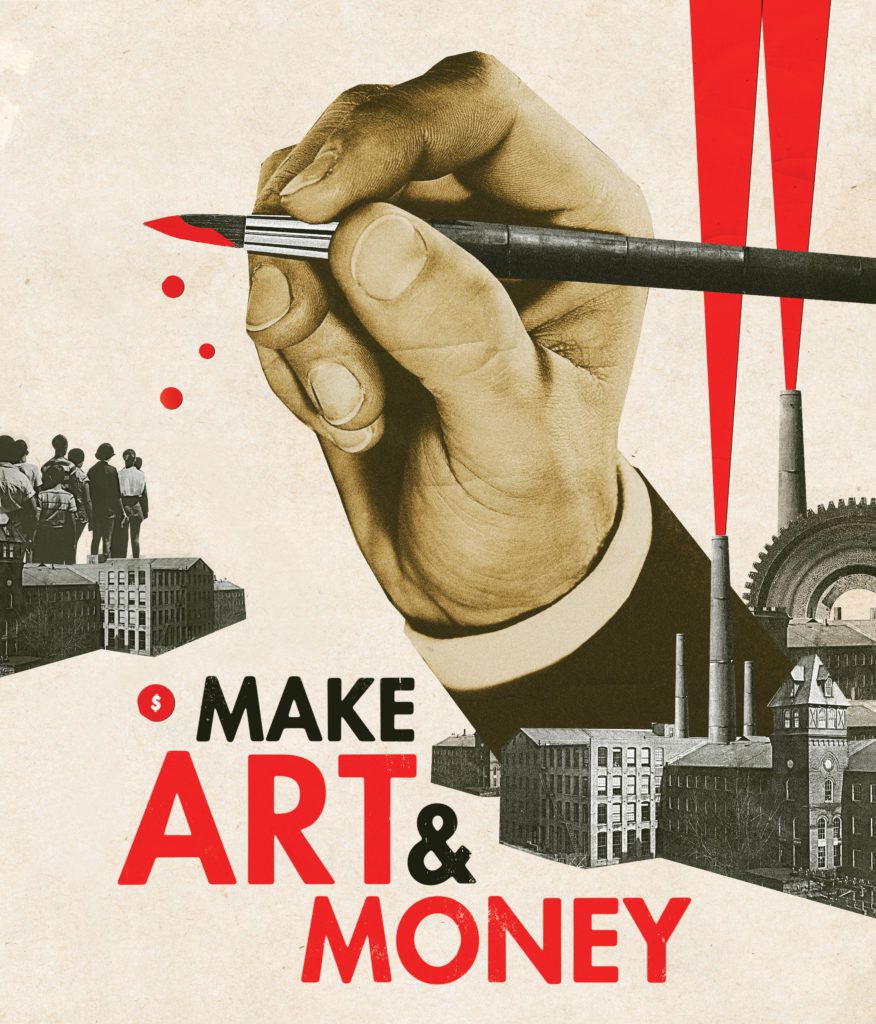
The First Step For Your Art Business: The Paradigm Shift
The starving artist is a prevailing archetype. It’s well-documented by Puccini in La Bohème, later reprised and updated by Jonathan Larson in his 1990s rock opera RENT. It’s echoed in the myth of Basquiat, whose paintings now sell at auction for over $100 million. This outmoded notion keeps many people from choosing art as a career.
Being an artist can be a sustainable career choice if you’re willing to rethink what that means to you. It’s important to see yourself as a self-employed business owner. The business you own is that which conceives of, creates, and distributes your art. Crass as it may seem, you’re in the manufacturing industry; there’s merchandise, inventory, marketing, sales channels, and cost of goods sold.
This is the view of Amy Davila, who founded ArtSmart, a consulting firm based in Los Angeles that helps artists create sustainable livelihoods. Davila discusses the emotional blockage. “Artists have fallen victim to the romantic idea that in order to make great art they must suffer. This antiquated construct perpetuates and continues to plague artists, resulting in feelings of guilt, confusion and shame. Artists want that financial success and independence, but they stop short of embracing it for fear of selling out or placating the market.”
Working with artists, Davila focuses on three goals — exposure, context, and financial independence. Once Davila has convinced her artist clients that it’s OK to want to be financially successful, she helps with the practical things — setting up a legal business entity, financial management and advising, cash flow management, budgeting, general bookkeeping and accounting, payroll, tax planning, inventory database management, gallery liaison — all the things that most artists need but are often not willing or able to do themselves.
Learn Much and Prosper
Outsourcing business and financial management is not an option for everyone — so what are some practical first steps? There is no shortage of basic business and financial-planning texts.
Dave Ramsey’s The Total Money Makeover, Jen Sincero’s You Are a Badass at Making Money and Laina Buenostar’s Happy Money are all personal-finance bestsellers. A book I found transformative is Jerrod Mundis’ Earn What You Deserve: How to Stop Underearning and Start Thriving. Books like these not only offer practical advice but also begin to change the inherent “underearner” attitude to which so many artists seem to capitulate. There are also basic courses on financial planning and business management — both online and in-person. Browse Coursera’s online course offerings at coursera.org. Look for your local Small Business Administration chapter at sba.gov. Check out some of their online tools, like how to draft a basic business plan — then write a business plan!
The Foundation Center is a more art-focused resource. Not only does it offer a comprehensive database to search funding opportunities, but it also gives courses, many of which are available later as podcasts, on the basics of art-business management. Local nonprofits also offer programs, but getting into one is often competitive. Check with your local art museums and nonprofits to see what exists near you. One nationally recognized program is Springboard for the Arts, in St. Paul, Minnesota.
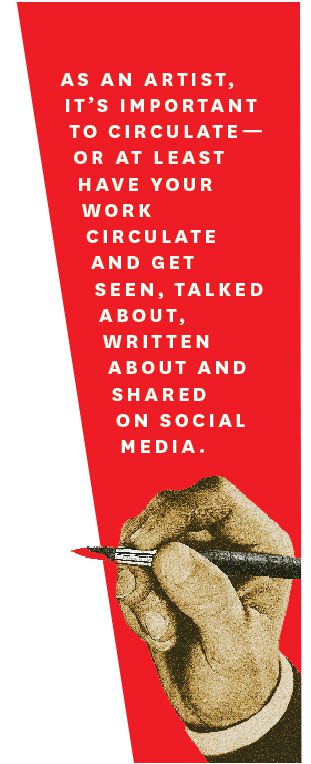
Contact Commercial Galleries
Another critical strategy for your art business is to develop a market for your art. In the United States, there are myriad outlets for fine art sales. This includes intermediaries like commercial and nonprofit galleries, various web-based businesses and, of course, direct-to-collector sales. Perhaps the most extensive survey of the art market is the study commissioned annually by The European Fine Art Fair (TEFAF).
Commercial galleries sell the work of their artists, who typically get solo exhibitions every second year. These galleries sell to private collectors, sell, and place work in museum collections, develop public relations, procure commissions and rent booths at art fairs. Galleries are also increasingly selling artists’ works via web-based strategies.
As an artist, it’s important to circulate — or at least have your work circulate and get seen, talked about, written about and shared on social media. Let others recommend you to gallerists. As Benjamin Tischer of Invisible Exports on New York’s Lower East Side says, “If another artist recommends an artist, we more than likely do a studio visit. The same holds true with curators and collectors. In the eight years we have existed, we have only shown two random submissions, both in group contexts.”
The Internet Is Your Friend!
While galleries are approaching their clients and attracting new clients over the web, so are artists who sell work directly, bypassing the gallery system or working alongside their galleries with direct “studio sales.” Sometimes, represented artists will pay a small percent to their gallery as a courtesy; other times not, as negotiated in advance. Some artists work exclusively as their own sales agents. The advent of Instagram, in particular, makes this possible.
Nashville-based artist Shane Miller was the subject of a Forbes magazine article for his success in selling via Instagram. To quote Marion Maneker of the Art Market Monitor, a popular art-and-business blog, “Miller’s ‘aha’ moment with Instagram came when he reached out to Instagram influencer Ruthie Lindsey, a friend with a large following in March 2017. ‘She had 90,000 followers and I asked if she’d trade a painting for a promoted post,’ he says. ‘When we met up she brought a friend who had 1.2 million followers with her, and he liked my work and ended up showcasing it on his feed.’ Almost overnight, Miller’s following ballooned from 500 to 3,500; today it’s a respectable 4,279.”
The bottom line is this: Don’t sell yourself short. Sustaining yourself as an artist is an attainable goal — and one that will help you reach your creative potential. You can have a successful art business. Go for it!
This post contains Amazon Affiliate links. As an Amazon Associate, we may earn from qualifying purchases.
Updated February 23, 2023.


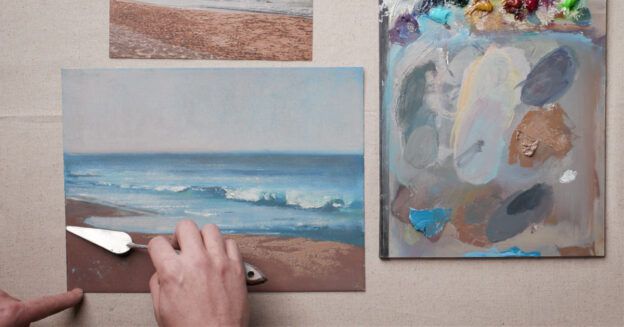
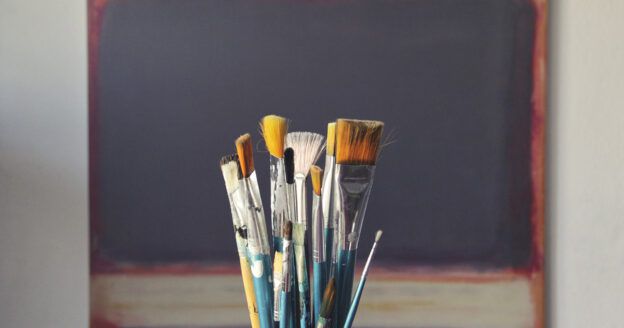

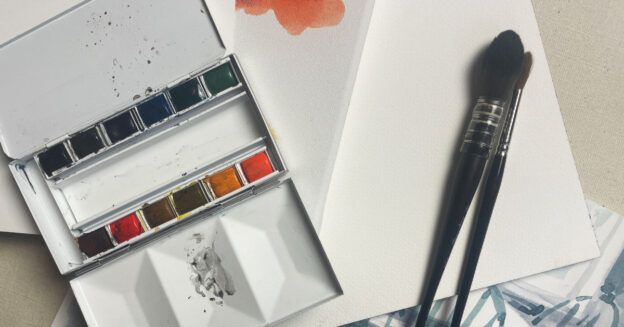
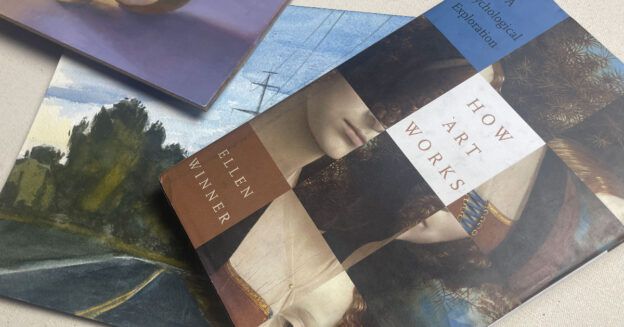



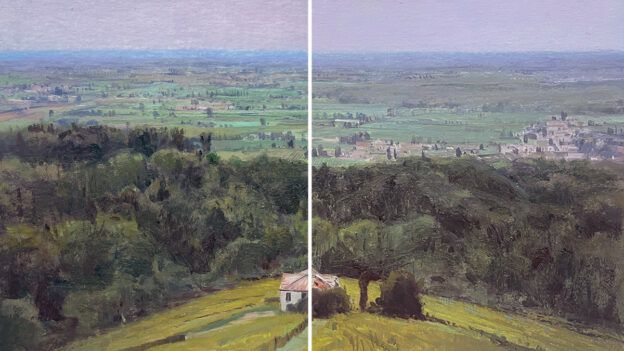
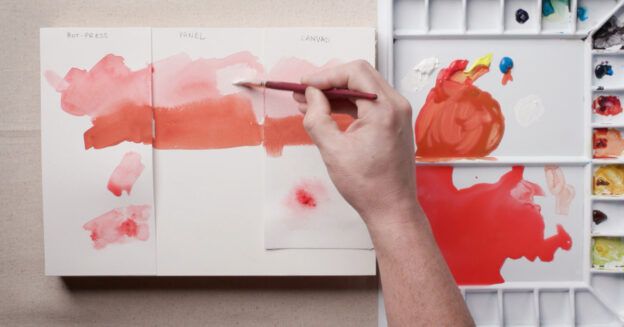
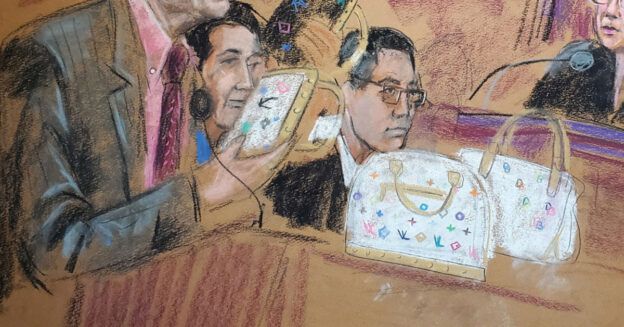

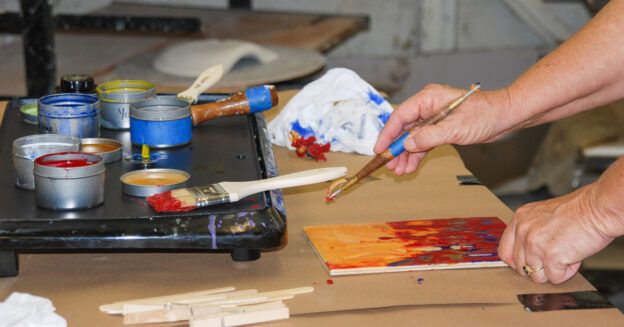


Thanks for sharing this post! It’s helpful to hear this shared back and I’m excited to check out the recommended reading too 🙂 I’m all about being an abundant artist!
I wish I had had the support needed when I launched my art business in the early 2000s. Unfortunately, I was told to get a job. Thanks for helping future artists claim their business power!